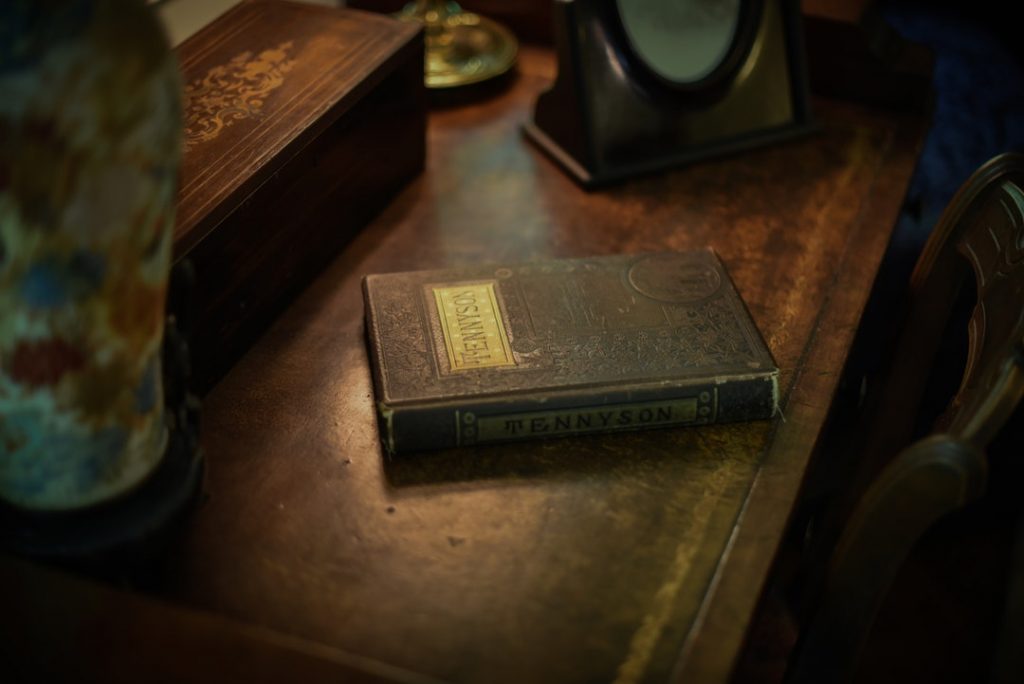Is your dresser over the hill? Did you just score something at the antique store that you’re not sure about, but you think it’s worth a lot of money?
We post a lot about refinishing Antiques, but we never really post anything if you’re looking to keep furniture looking like an antique rather than a revamp with Chalk Paint! Read on if you want to maintain that beautiful antique.
Whether you keep it or sell it, you need to treat it well while it’s in your possession. That way it’ll be in top condition for the next person who owns it.
Treating antique furniture isn’t like treating something from Ikea. Learn what to and not to do below.
1. It’s Not Okay to Spray
If you have antique wood furniture, do not – we repeat – do not spray it with commercial furniture cleaners. Pledge and its competitors make things shiny, but it’s a short term effect, not a long term one.
You’ll notice that the shine fades and you’ll use the product again. Over time, the chemicals break down the finish of the wood (which wasn’t made to stand up to such cleaners) and expose the raw surface.
The most you need to do is clean it with a soft cloth – avoid adding any oils, soaps, or water to the surface. If something does get on the furniture, get it off as soon as possible and use water to cleanse.
Dry off the area fully after you’ve cleaned up. The less wet it gets, the better.
2. Don’t Try to Touch It Up
Imagine that you found a priceless old artwork – you can pick your artist for this fantasy. You want to sell it for millions – but you notice the paint has faded.
What do you do? Hopefully, you leave it as is and don’t try to “touch up” the paint. Paint goes through an aging process and that’s okay. There are experts who spend months lovingly restoring historic artworks.
The same idea applies to antique furniture. You’re not an expert. Leave any fading paint or what looks like cracks in the pigment alone.
If you eventually try to sell the piece, the buyer will want it in the most authentic condition possible. The closer it was then the day it was originally made, the better.
If things are peeling off, though, you may want to take it to an antique specialist. They may be able to seal the peeling section so that you don’t lose any more of the original surface.
3. Do Not “Re-Anything” It
Think that the piece needs a new coat of varnish? Don’t do it! The more the piece changes from its original condition, the less money it’s worth.
We could be talking hundreds less. Once you change it, you no longer have a priceless antique, you have a “compromised” one.
4. You May Wax It
The only thing you should do and can do that maintains the value of the piece is wax it. Make sure the wax you choose has beeswax in it, which is a natural preservative.
Check your wax ingredient before you apply it. It shouldn’t have any oils in it – nor should you buy liquid wax. You want a good old pot of wax or French polish.
If you use anything that has oil in it, it’ll oxidize any spots of raw wood and turn them black. It’s not a good look.
There’s a very specific process to waxing antique wood. First, you need to dust the piece to the best of your ability. If you can’t get into a corner or into ornate work to dust, use a can of compressed air (as long as the paint isn’t chipping).
Once it’s sparkling clean, take a microfiber cloth or buffer and dip it into the wax. Do a moderately heavy coat on the wax, working in sections.
After you’ve done the first coat, come back and wipe the excess wax off. You don’t want the piece to feel sticky or attract dust.
Finally, take another buffer or clean soft cloth and work the wax into the wood, going WITH the grain. Don’t forget to wax the sides and the feet as well.
If there’s a finish on it, you should wax it.
5. Get It Assessed
You never know what’s going to happen, even if you plan on keeping your antique piece. If you think it’s valuable, do some googling and see if you can find values there.
Or call an antique appraiser and get a personalized quote. If it’s worth a high amount, you can write it into your will. Or just leave instructions on what to do with it (like sell it) after you pass.
Very, very antique pieces may be of interest to museums, but it’s rare to come upon a piece like that for sale. But you never know until you try – or at least until you have an expert come see it.
This blog has more information on selling/purchasing antique furniture items.
6. Keep Away from High Sunlight
If you keep your antique piece in the direct sunlight, the finish and color will fade very quickly. The sun is more powerful than you realize and can even warp the wood over time.
The same is true for room temperature – keep the piece in a stable room that’s not too hot or too cold. Ideally, you’d keep it somewhere under 45% humidity, but that’s not always possible.
7. Use a Coaster
Obviously, you should always use coasters on wood furniture. But we’re talking about a coaster or buffer – even a doily. If you’re going to put a vase or other display items on the antique, make sure there’s some sort of barrier between the item and the wood.
This will keep the finish from getting dented or scratched when items move around.
Antique Furniture Lovers, Unite!
Whether you’ve inherited antique furniture from a family member or you love antiquing, you’re now the owner of a part of history.
You need to treat it as such.
And if it doesn’t turn out to be priceless and you want to customize it? Get ideas here.

